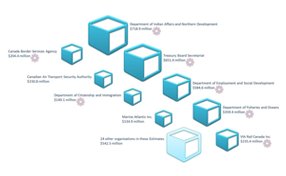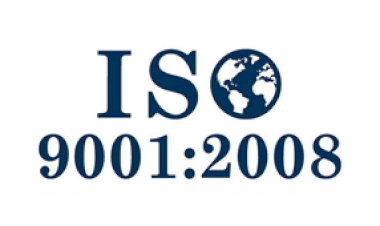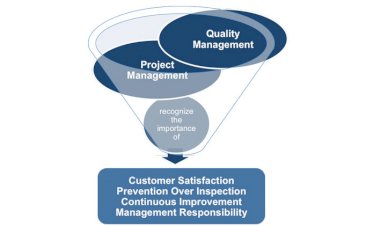Understanding Graphical Summary
Understanding Graphical Summary. Graphical Summary provides an excellent way to represent the data and show spread of data.

Understanding Graphical Summary
Navigation – > Stat – Basic Stats – Graphical Summary
Graphical Summary
What we get along with the Graphical Summary plot is a number of other numeric figures showing the various characteristics of the data.
1. Normality Check
2. Statistical figures of data
3. Minimum, Maximum, Middle and percentile values
4. Confidence Intervals
Normality Check:
Normality Check of data is done through the Anderson Darling Normality Check and a P-value is generated. On the top right side of plot, P-value is given. If P-value > or = 0.05, then the data is normal. If the P-value < 0.05, then the data is not normal
Statistical Figures of Data
Statistical figures in form of Mean, Variance, Standard Deviation, Skewness, Kurtosis and Count of data points are displayed
Mean: This gives the average of all the available data points
Variance: This gives the variance of the data
Standard Deviation: This gives the Standard Deviation of the data, showing the variation in the process.
Skewness: It shows the skewness or biasness of the data. Skewness values show a lot about the behavior of the data.
• Skewness < 0: Data is negatively skewed and is closer to y-axis
• Skewness = 0: There is very less or no skewness at all
• Skewness > 0: Data is positively skewed and is away from y-axis
Kurtosis: This measures and show the shape of the bell curve where the Central Tendency of data lies. Kurtosis values show a lot about the behavior of the data.
• Kurtosis < 0: Bell curve here is flatter than normal. It is also known as Platokurtic
• Kurtosis = 0: There is no kurtosis
• Kurtosis > 0: Bell curve has distinct peak. It is also known as Leptokurtic.
In addition to all this, a negative kurtosis value indicates presence of large Standard Deviation, thus showing lots of variation in process. Similarly, a positive kurtosis value indicates small Standard Deviation, thus showing less variation in the process. Hence, kurtosis can also be used to monitor variation in the process and to judge how much variation is to be reduced from the process
Minimum: Lowest data point value
First Quartile: 25th Percentile value of the data
Median: 50th Percentile value of data
Third Quartile: 75th Percentile value of data
Maximum: Largest data point value
95% Confidence Interval for Mean: Predicting the Mean range for the population data with 95% probability by calculating the Mean of sample data
95% Confidence Interval for Median: Predicting the Median range for the population data with 95% probability by calculating the Median of sample data
95% Confidence Interval for Standard Deviation: Predicting the Standard Deviation for the population data with 95% probability by calculating the Standard Deviation of sample data

 Pankaj Kumar
Pankaj Kumar 

































Comments (0)
Facebook Comments